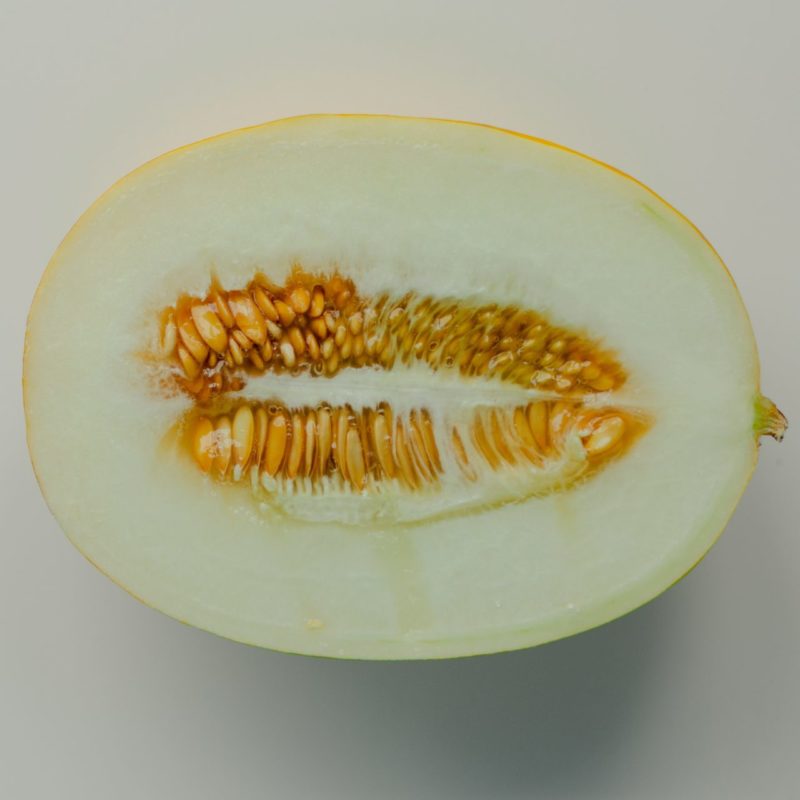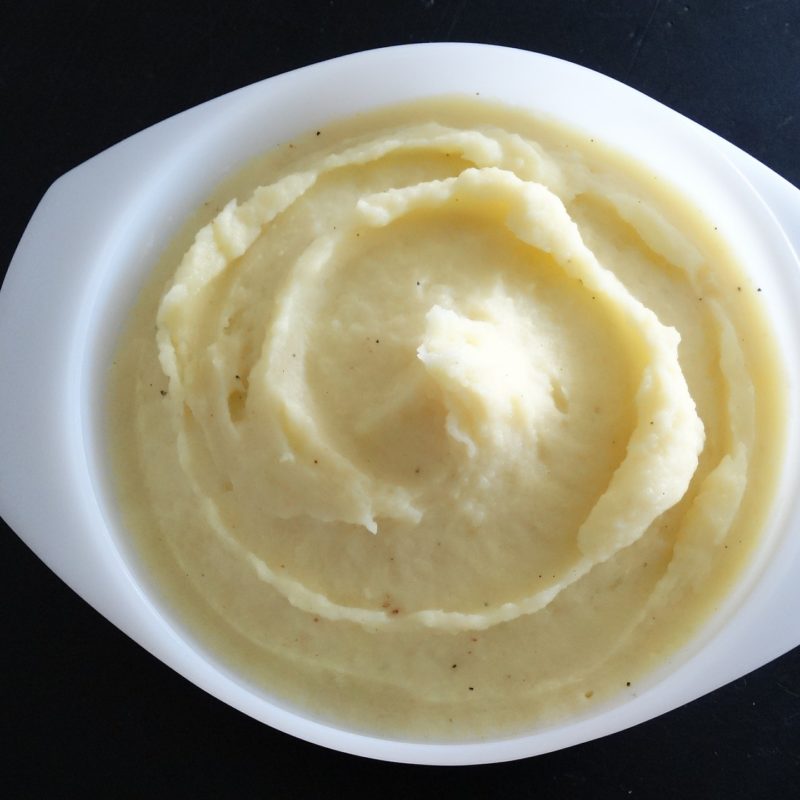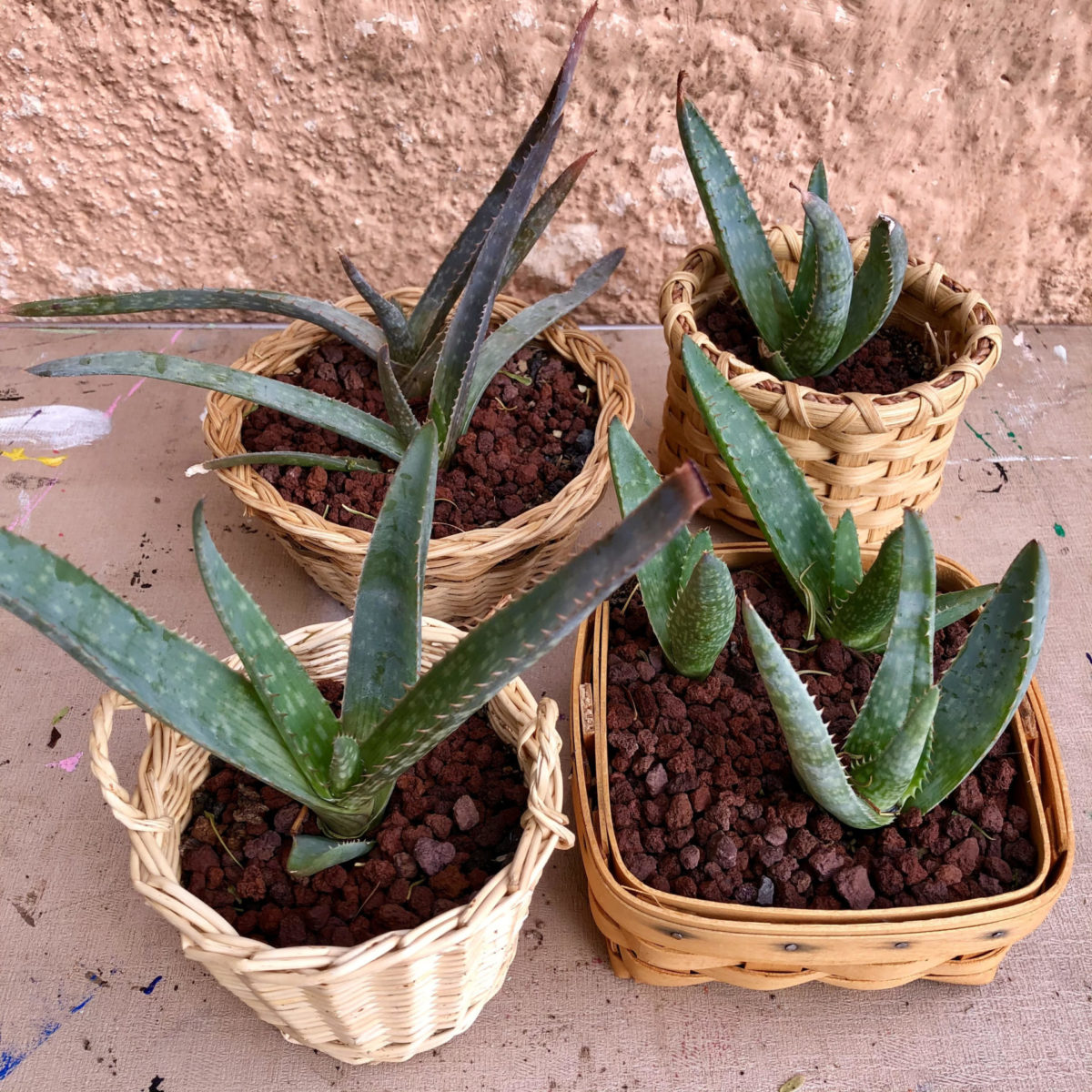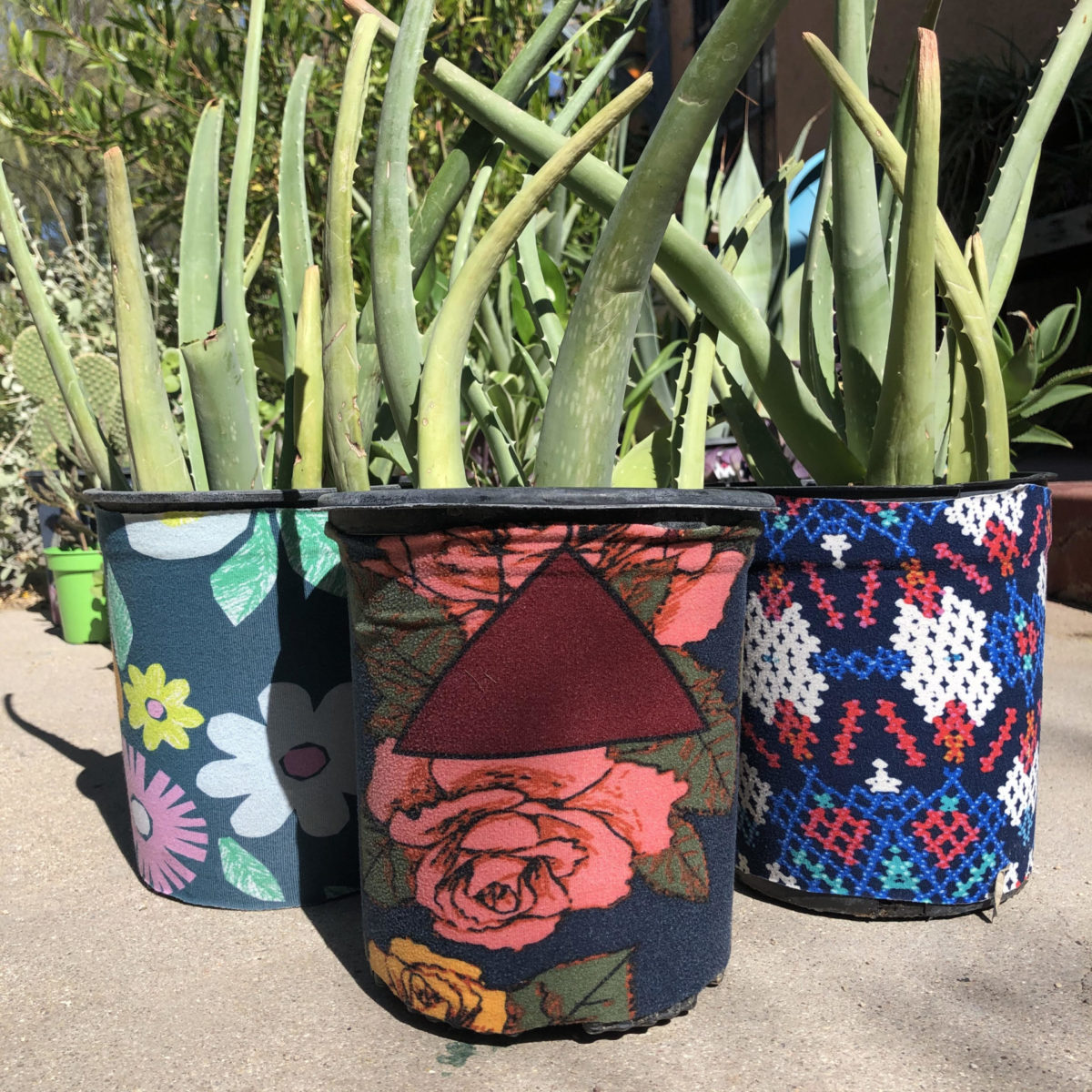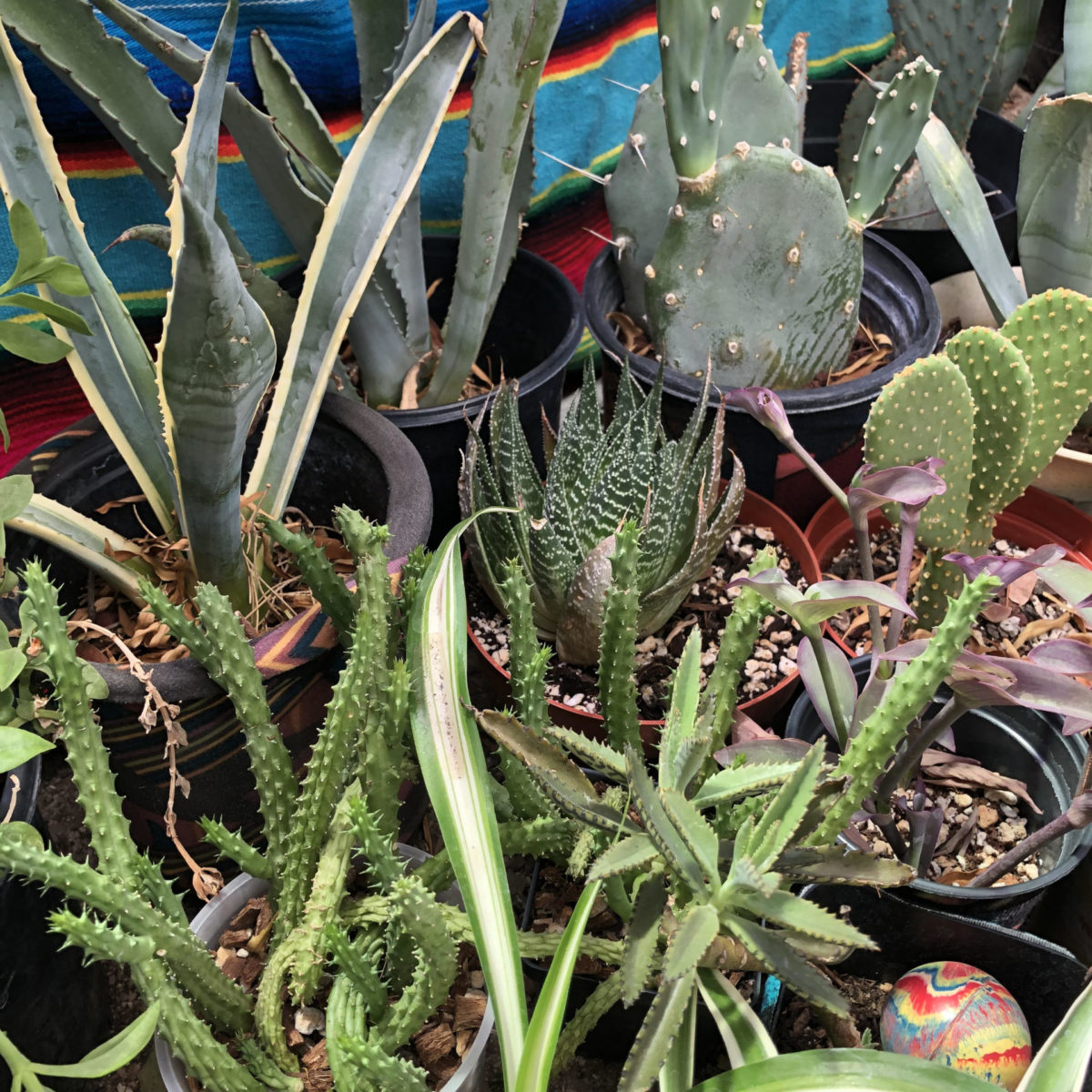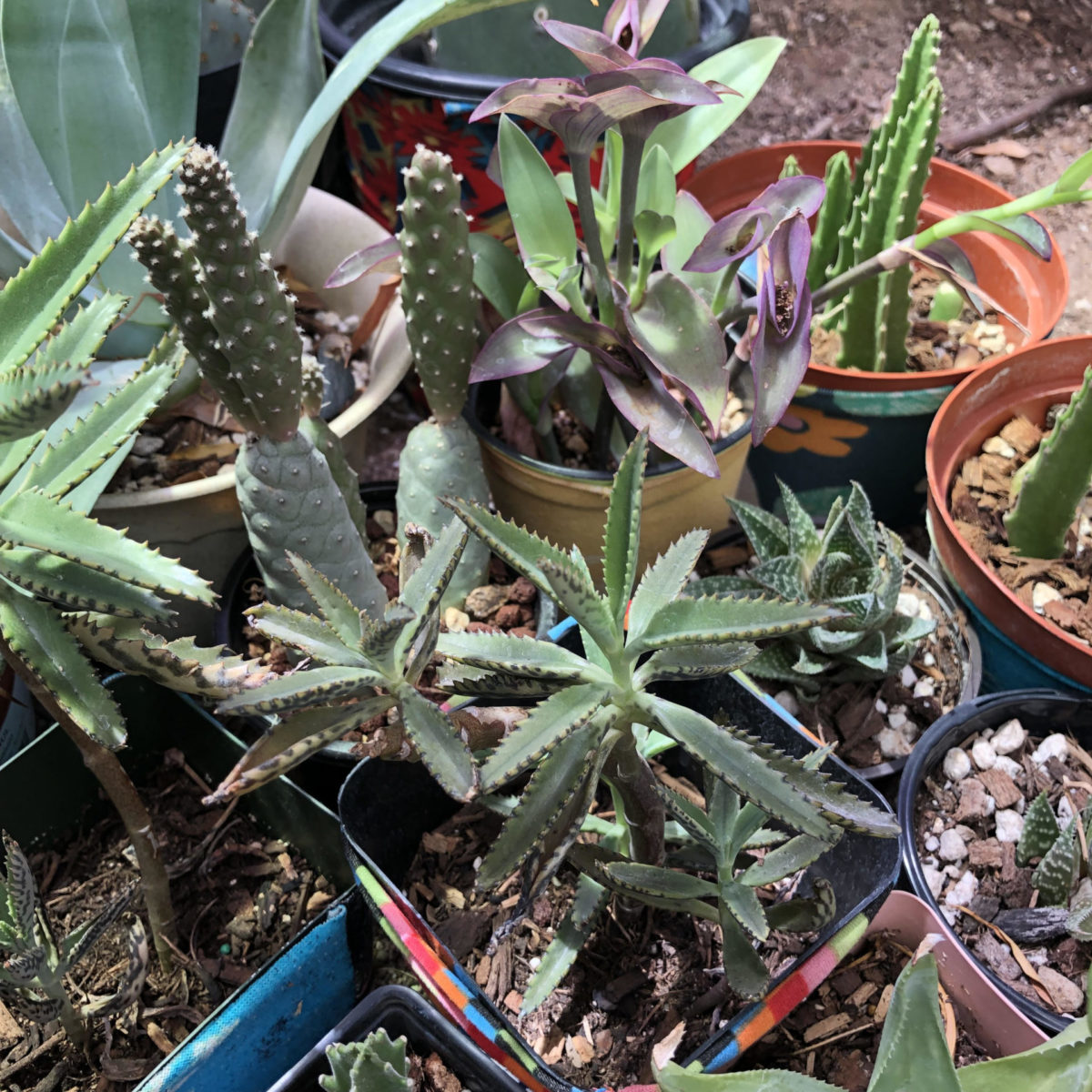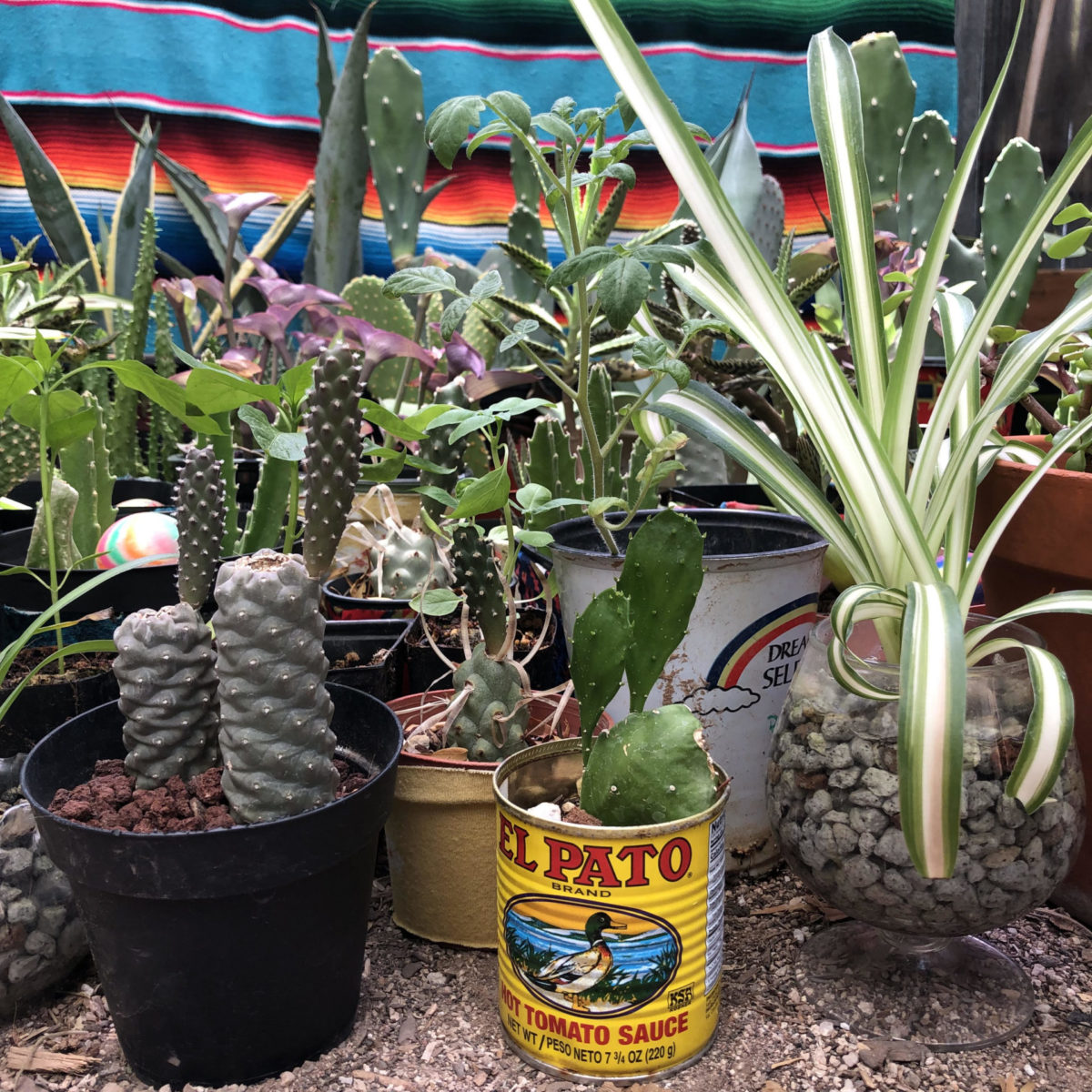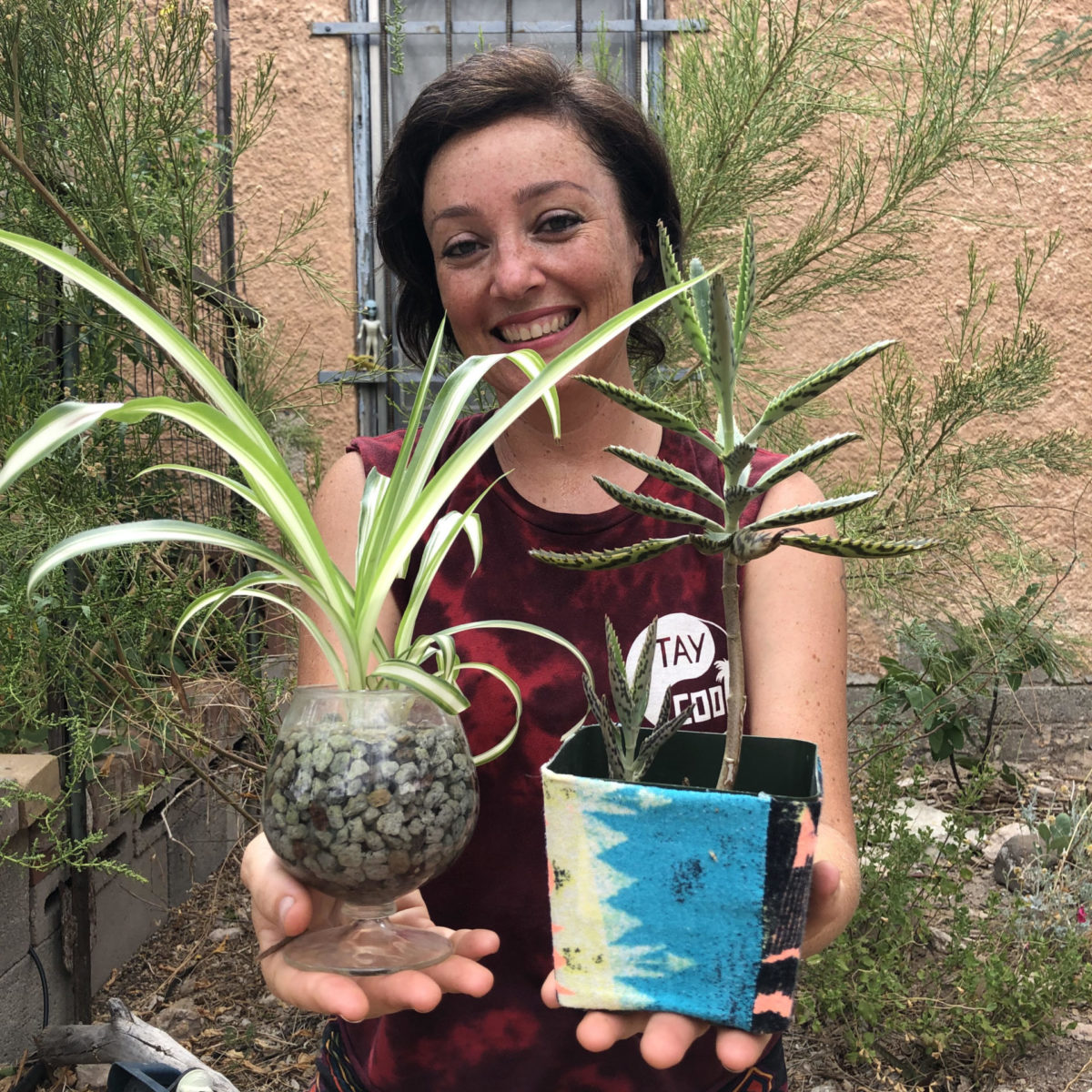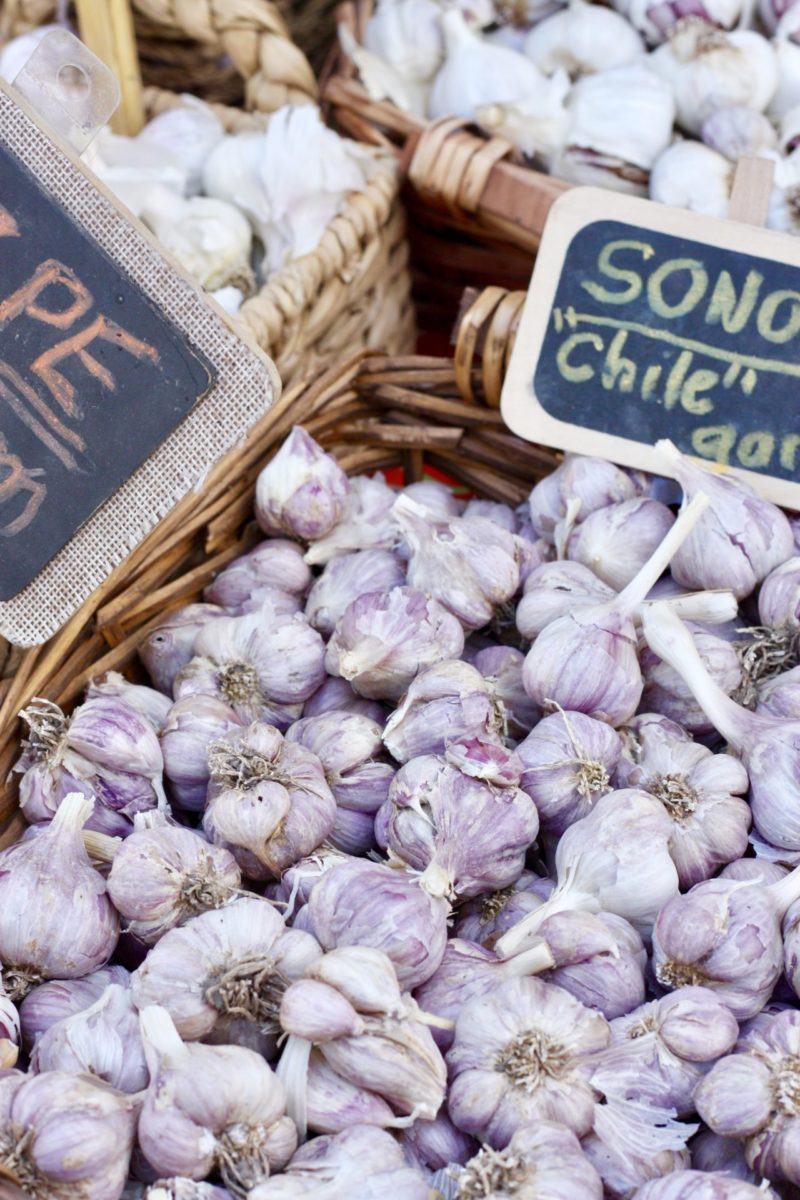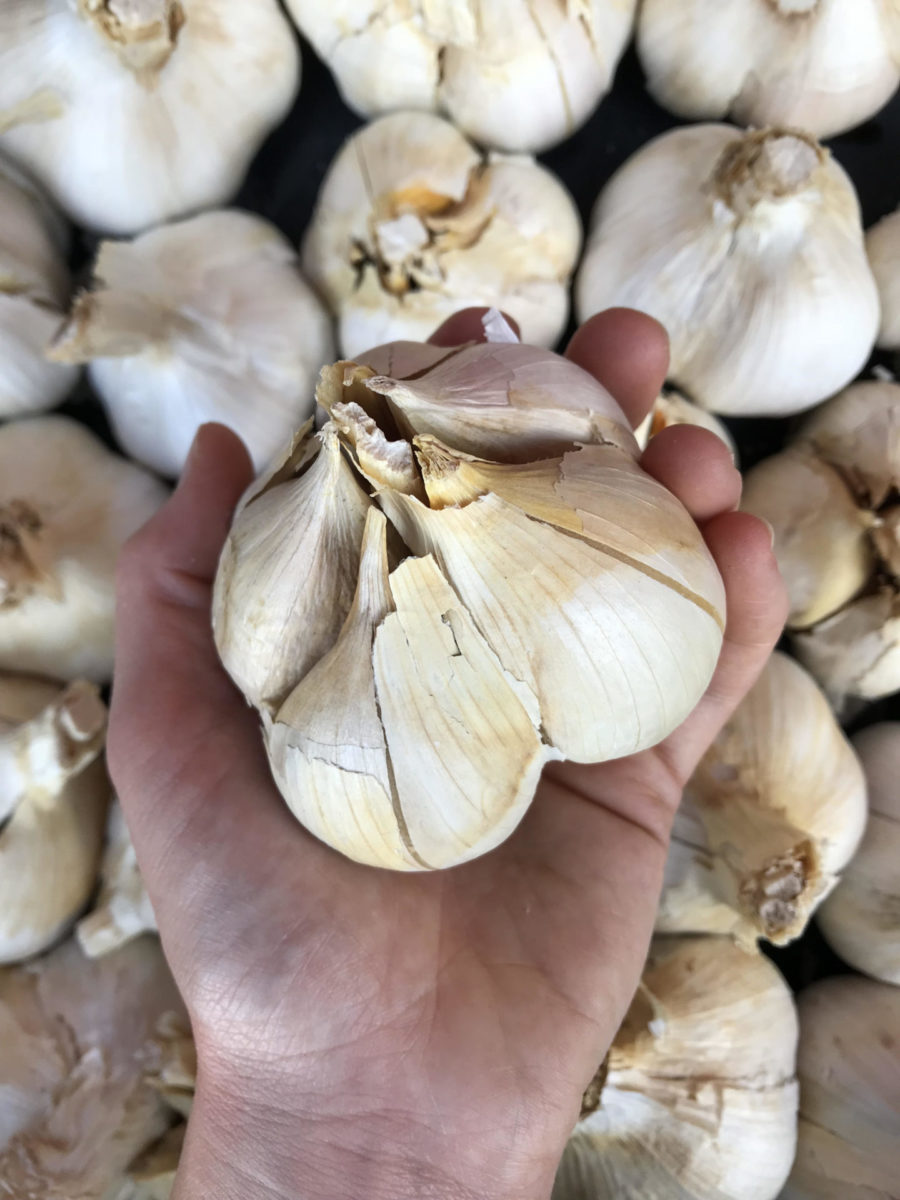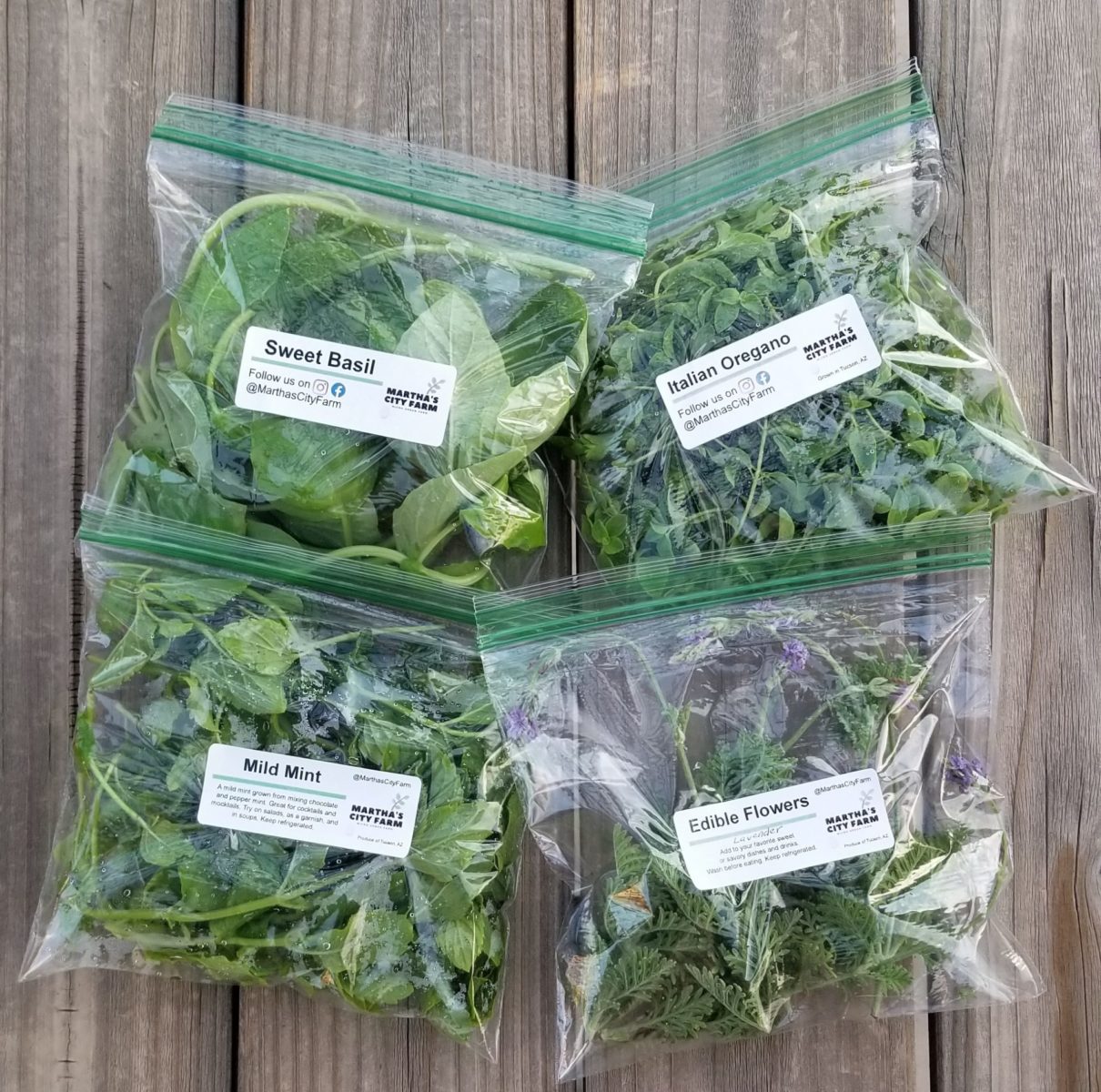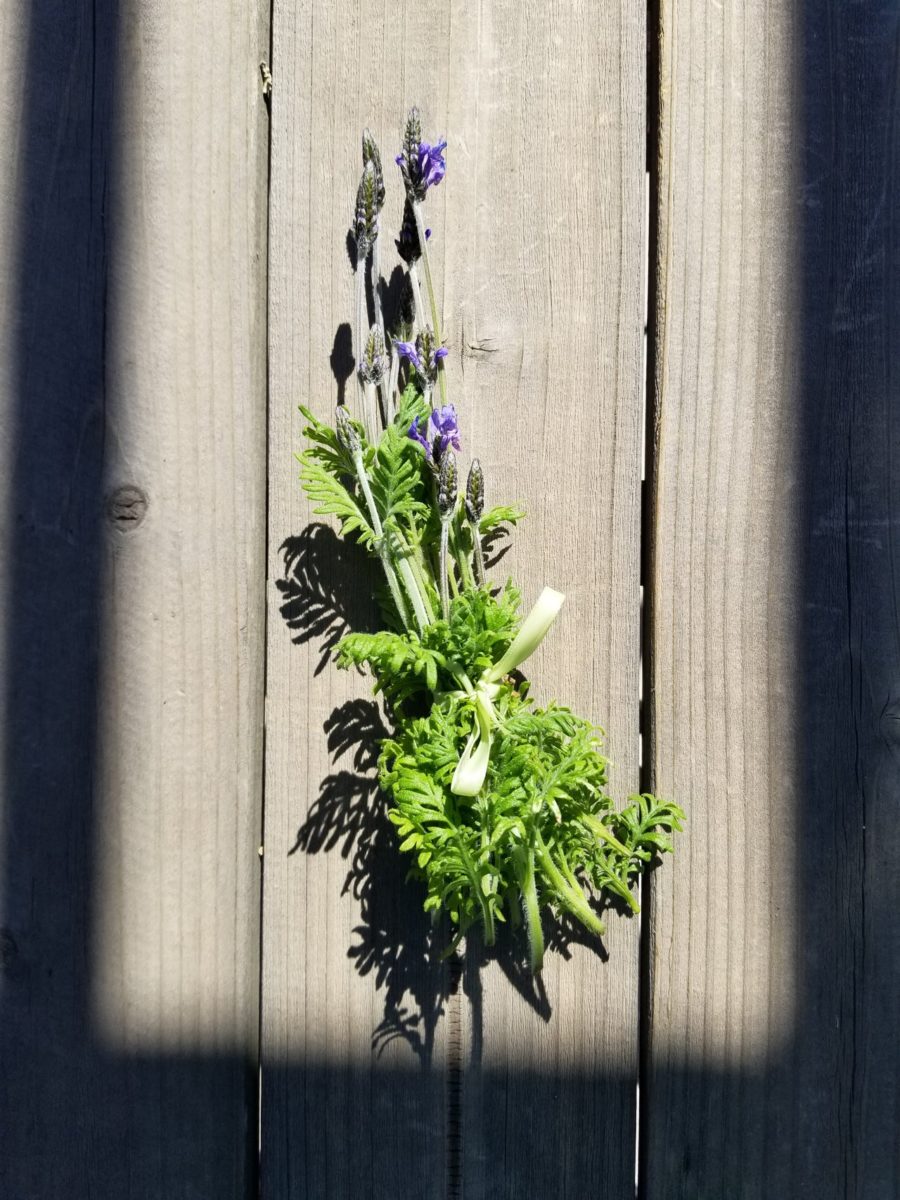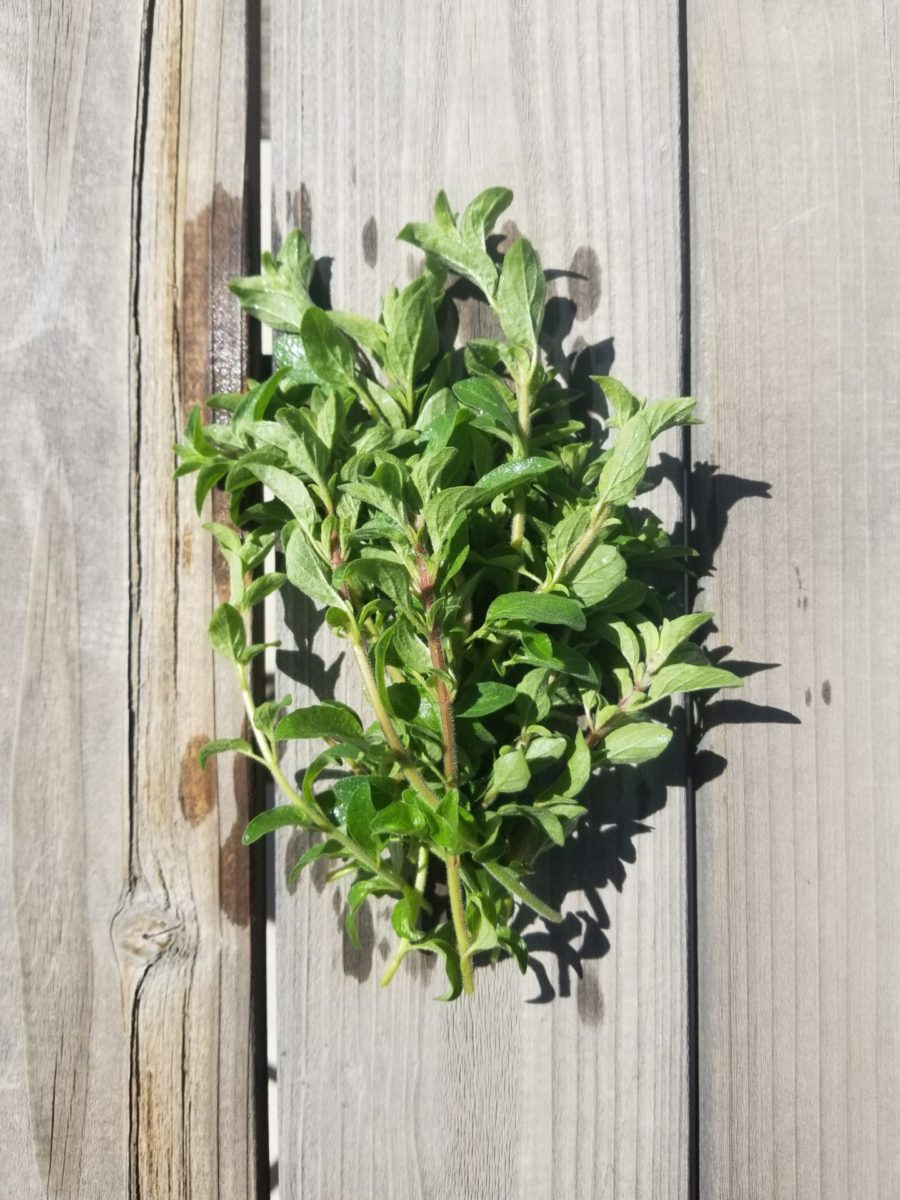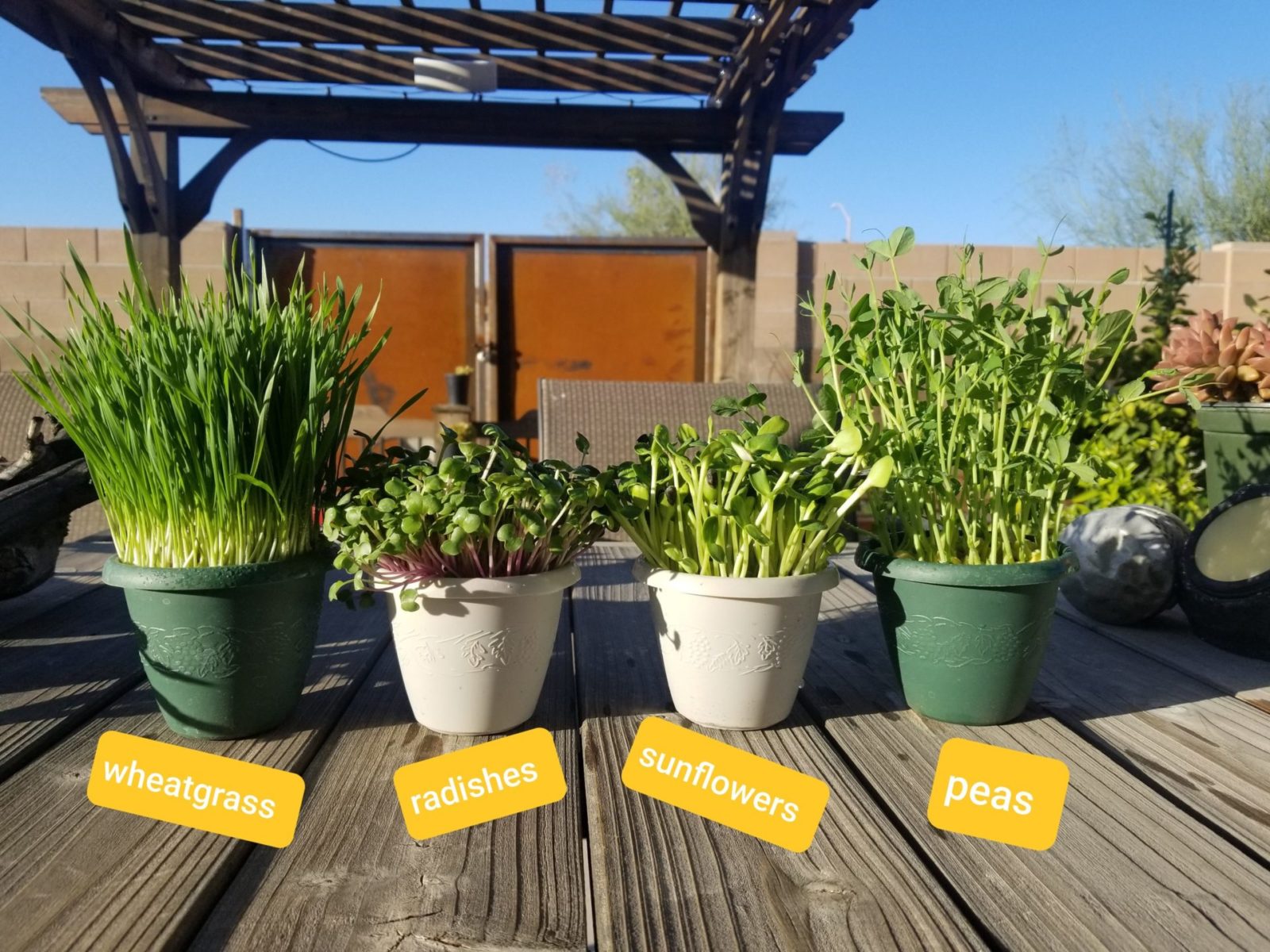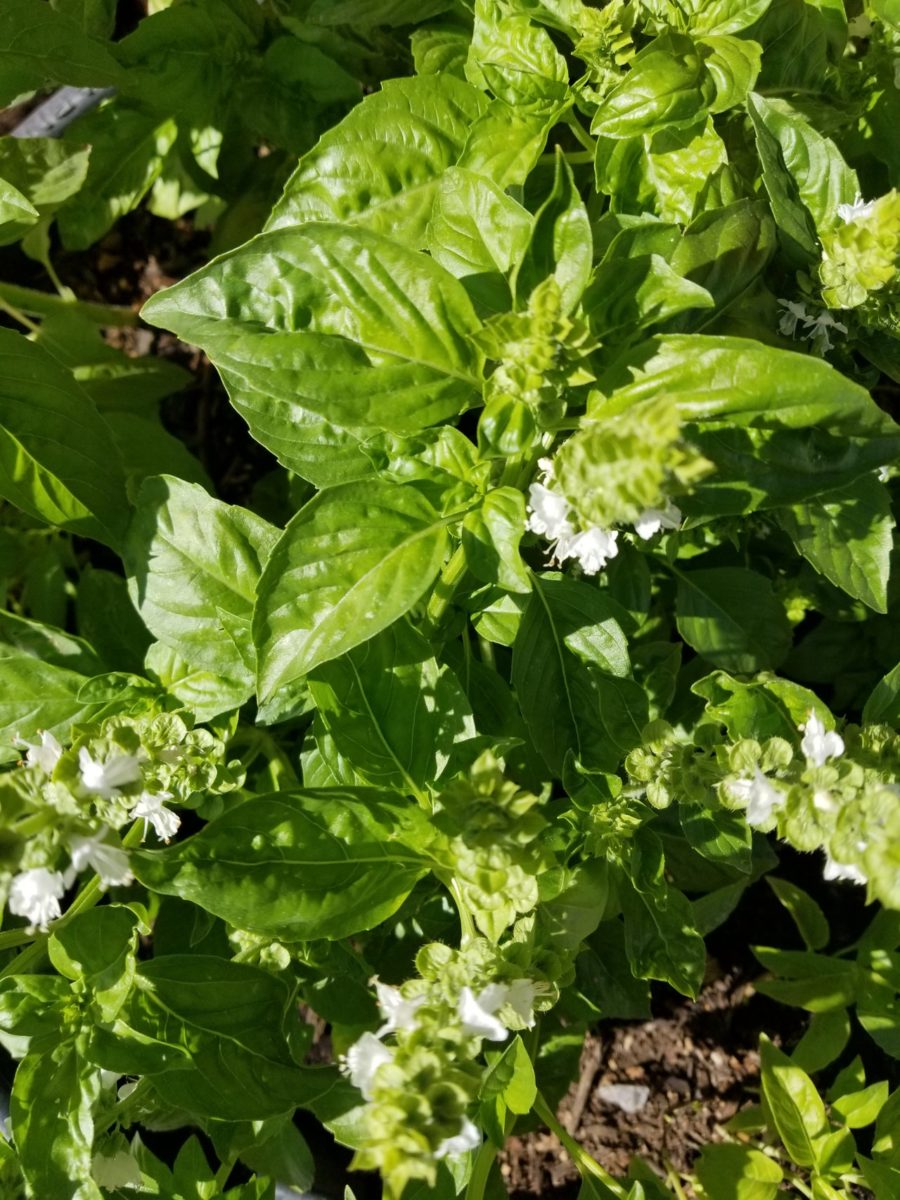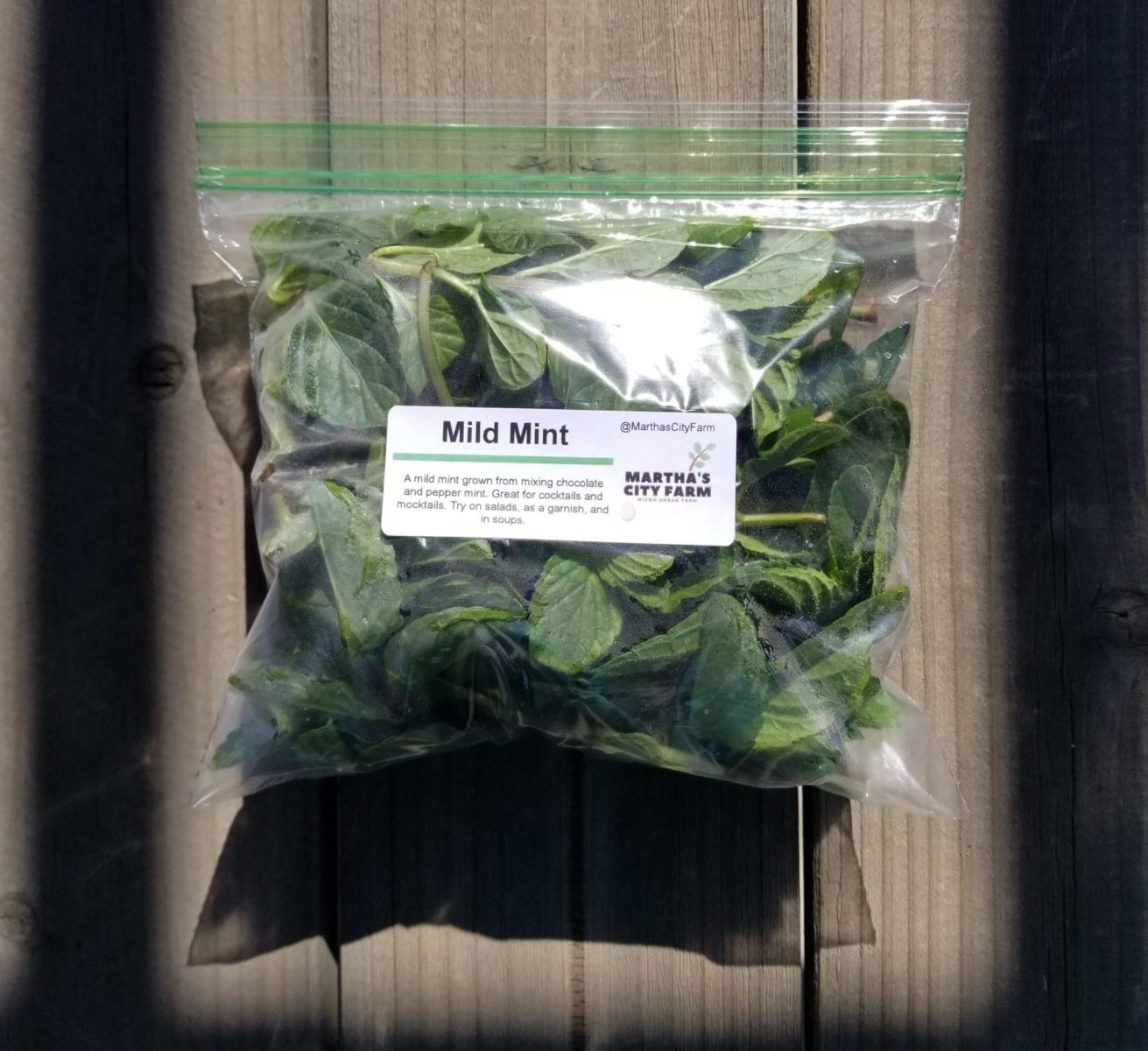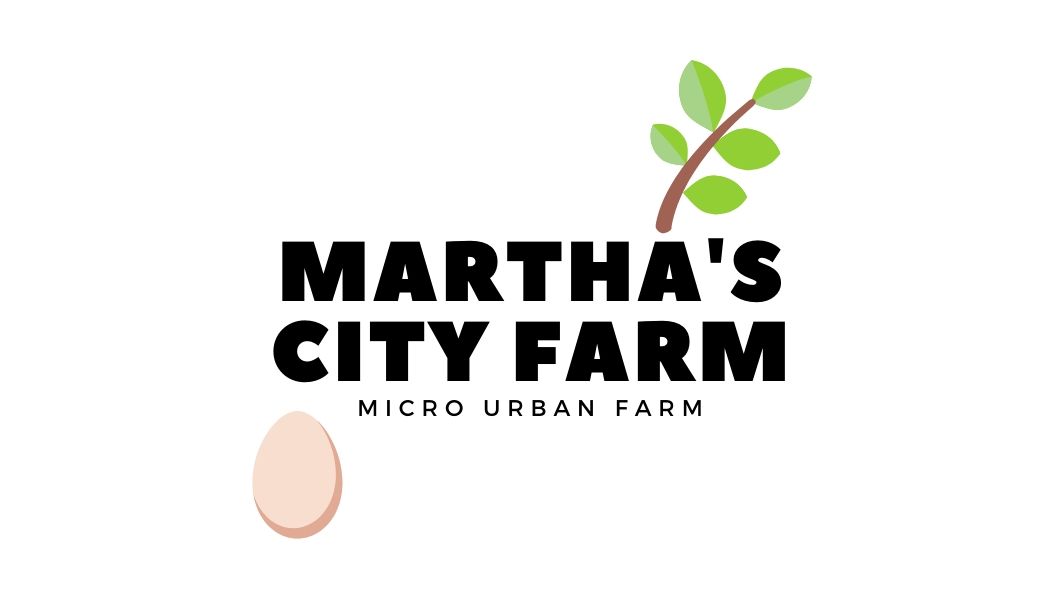Newsletter V. 776
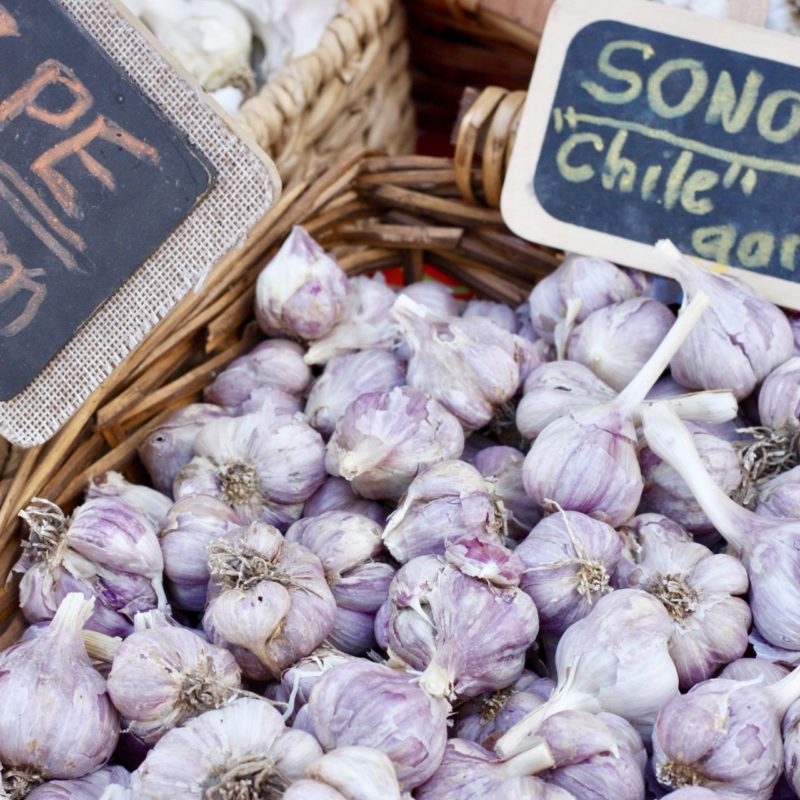
What’s Happening at Tucson CSA
Secondhand Plants Pop-Up

Secondhand Plants is a gardening and plant salvage project tended by Marina. She hosts monthly yard sales at different locations in Tucson and practices ongoing plant rehab & recycling projects. It started with a surplus of agave pups, cactus pads, & spider plant babies. Propagating and salvaging plants to share is one of the joys of gardening, plus it’s fun to repurpose nursery pots and other materials! All Secondhand Plants are ethically harvested from home, friends, trash piles, or grown from seed, and all are potted in recycled containers.
At the Tucson CSA pickups on July 13th & 14th, Secondhand Plants will have a variety of small cactus, agaves, succulents, and houseplants for sale. Some varieties include: purple heart, mother of thousands, stapelia (starfish plant), bunny ear cactus, paperspine cactus, spruce cone cholla, unique aloes, semi-hydro spider plants, and a few pepper, tomato, and basil starts sprouted from Native Seeds/SEARCH. There will also be a few larger specimens of weber and queen victoria agave, elephant food, and quimilo prickly pear. Come give a plant its forever home!
Prices range from $4-10 for smaller plants and $10-25 for larger plants. Payment via cash/venmo/paypal/credit.
Follow @secondhand.plants on Instagram, DM with questions, or email plantfreak99@gmail.com.
Save the Date
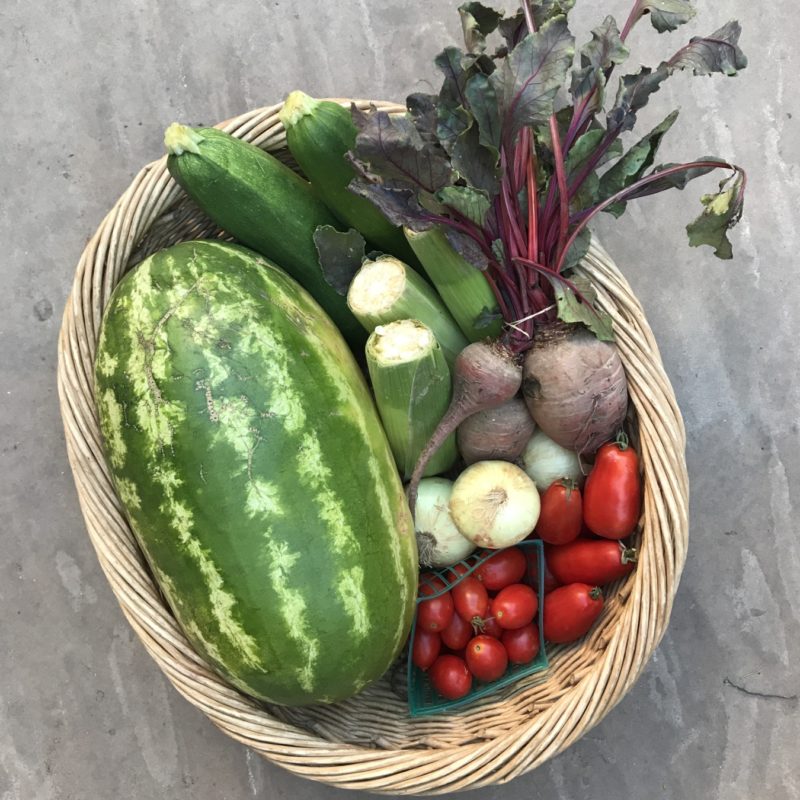
Produce Spotlight
Garlic Season
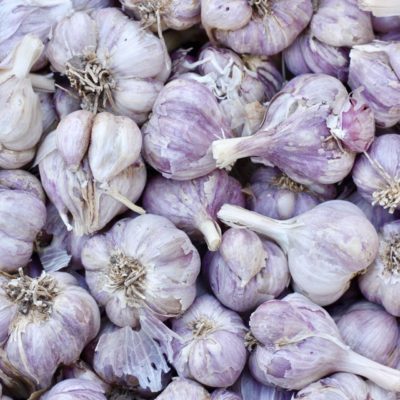
Garlic is a magical thing to grow. Plant one clove beneath the soil and in a matter of months it will multiply, eventually forming an entirely new bulb of garlic. In southern Arizona, garlic is planted in the fall because it requires four to six weeks of cool weather to vernalize (induce the seed’s flowering process) and produce roots. When the weather begins to warm, typically in early spring, each plant produces a seed stalk, which is often removed to redirect the plant’s energy to the bulb. These stalks, also called “garlic scapes”, are spicy and garlicky and can be prepared (and eaten) like a tender spring vegetable. Later in the spring, once the bulbs have formed but the cloves haven’t, plants can be harvested as green garlic – which is milder and more earthy but can largely be used the same ways that cured garlic is used. Mature garlic is harvested in June and July and is typically cured (left to dry) for a few weeks in a cool, dark place so that it will keep better throughout the rest of the year. At Tucson CSA we’re lucky to get a few different varieties of garlic, each of which varies in taste and texture.
Spanish Roja Garlic
The Spanish Roja garlic we’ll see in our shares in the coming weeks is grown by Aaron Cardonas of Arevalos Farm. Aaron is a third-generation farmer who farms on his family’s land in Double Adobe, Arizona and is committed to helping other farmers in Cochise County to grow produce. One of the ways he does this is through a farm cooperative, which give other farmers in the area access to equipment, seed, knowledge, and a more stable market. Together with his cooperative, Aaron grows Mechudo Beans, Tohono O’odham Yellow-Meated Watermelon, cantaloupe, onions, garlic, chiles, and, of course, Spanish Roja Garlic.
Spanish Roja Garlic is an heirloom variety of garlic which is believed to have originated in, you guessed it, Spain. It was brought to North America in the 1800s and was first grown in the Pacific Northwest region before making its way across the rest of the continent. According to Ark of Taste, “Out of some fifty tastings conducted around the United States, Spanish Roja ranked among the top two or three.” The delicate bulbs require hand-harvesting, making it near impossible to grow on a large scale. Instead, this variety of garlic is mainly grown on small-to-medium sized farms and in home gardens. Spanish Roja Garlic is garlic-lovers’ garlic. With a beautiful reddish-purple color and easy-to-peel skin, this sweet and spicy variety is rich and flavorful. When cooked, Spanish Roja takes on a robust, complex flavor that adds depth of flavor to any dish.
To experience it in its raw form, add a few cloves to pesto, yogurt sauce, hummus, and vinaigrette, or toss the minced stuff with hot French fries for true bliss. (Due to its spice level, when using this variety raw you might start with one clove and add more to taste.) For a more subtle flavor, add Spanish Roja to soups, curries, stir fry, sauces, and any other cooked dish that includes garlic.
Spanish Roja Garlic will be included in Tucson CSA produce shares in the coming weeks. It can also be purchased in the CSA Shop for $4 for a half pound.
Elephant Garlic
Although elephant garlic looks like (gargantuan) garlic and grows like garlic, this allium is more closely related to leeks than to garlic. Of course, the “elephant” in elephant garlic refers to its large size, which can easily fill the palm of an adult human’s hand. Surprisingly, its flavor is more mellow, sweet, and subtle than other, smaller garlic varieties, and so it can be used in larger quantities without overpowering the dish to which it is added. As it lacks the sharp, pungent flavor of true garlic, elephant garlic isn’t suitable for all dishes for which garlic is called.
Elephant garlic can be used raw without much risk for bitterness or overwhelming heat – try adding it to sauces and vinaigrettes for a more subtle garlic flavor. When cooked, it develops a rich and sweet flavor, similar to leeks and onions. Try roasting it in its skin, then adding it to creamy bean dips or simply spread it on a piece of bread with a drizzle of olive oil and a pinch of salt. Or, mix cloves with carrots and potatoes and roast the vegetables under a whole chicken so that the chicken fat drips down and cooks them into flavorful perfection.
Elephant garlic from Crooked Sky Farms will be included in Tucson CSA produce shares in the coming weeks.
We’re Reading
The Sioux Chef’s Indigenous Kitchen Sean Sherman and Beth DooleyWe’re Listening To
Of Meat and Men Citations NeededWe’re Watching
How To Make Dumplings Two Ways NYT CookingOn Social
Martha’s City Farm InstagramProducer Spotlight
Martha’s City Farm
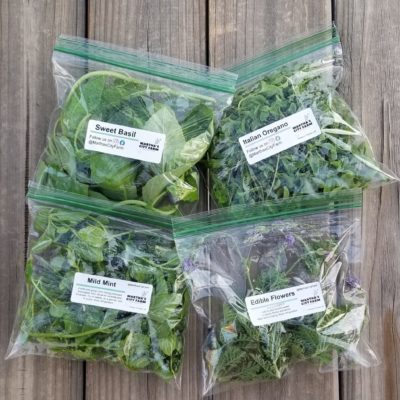
Editor’s Note: One of our missions at Tucson CSA is to provide a marketplace for new food producers to sell their products, get feedback, and continue to grow their operation. Many times, because these new producers are just starting off, they don’t have the infrastructure or ability to grow large enough quantities to provide food for our weekly shares. In this case, we’re able to sell a small amount of their goods in the CSA Shop so that Tucson CSA members can still get a taste of the new and wonderful food that’s being produced in our city. This is the case with Martha’s City Farm, which is relatively new and quickly growing. Over the coming weeks and months, we plan to offer some of their goods for sale in the CSA Shop, beginning with fresh mint and basil the week of 7/12. We hope that you enjoy trying something new and supporting this burgeoning urban farm!
Martha’s City Farm is a biodiverse micro urban farm in a dietitian’s garden. We are committed to practices that are good for the people and the environment. The garden is in our home in central Tucson, Arizona. We sell what we grow and the eggs our hens lay. What we do is inspired by being able to grow fresh, nutritious, and local food for our community to enjoy. We also provide gardening, food, and nutrition learning opportunities to inspire others to start a food garden and live a healthy life.
We sell microgreens, herbs, edible flowers, chicken eggs, fruits, vegetables, microgreen growing kits, and plants. Microgreens and eggs are available year-round and fruits, vegetables, herbs and plants are seasonal. Occasionally we stock up with handmade goods and other unique and local products. We offer a microgreens growing class and can also customize other learning opportunities.
Martha’s City Farm Products:
Sweet Basil
Great to top off a pizza, finish a pasta, and make pesto sauce. Also, try on salads, as a garnish, and in soups. Wash before eating. Keep refrigerated. 1 ounce, bagged.
Mild Mint
A mild mint grown from crossing chocolate mint and pepper mint. Great for cocktails and mocktails. Also, try on salads, as a garnish, and in soups. Wash before eating. Keep refrigerated. 1 ounce, bagged.
Italian Oregano
Strong flavor to make salad dressings or simply add to soups, eggs, pizza, and stews. Wash before eating. Keep refrigerated. 1 ounce, bagged.
Fern Lavender
The leaves and flowers are edible. Dry the stem before eating. Use fresh or dry for teas, omelettes, soups, and baked goods. It also makes a beautiful and aromatic centerpiece and can be used to make soaps, perfumes, and candles. Wash before eating. Keep refrigerated. 0.5 ounces, bagged.
Microgreens Growing Kit
Start growing your micros today! Grow your own microgreens in as little as 10 days! They can be ready for harvest in about 10 to 21 days. Growth rate depends on factors like microgreen type, germination time, and environment.
A kit with everything you need to grow delicious and nutritious microgreens in a reusable pot. Comes with all the materials you need, plus easy instructions to follow. Perfect as a gift, fun learning activity for children, schools, and for family activities.
Options:
- Start Up Kit: full kit with 1 choice of microgreen seeds.
- All Seeds Kit: full kit with all 4 microgreen seeds available.
Seeds available:
- Wheatgrass (Organic, Non-GMO)
- Purple stem radishes (Non-GMO, Heirloom)
- Sunflowers (Organic, Non-GMO)
- Peas (Non-GMO, Heirloom)
Pot estimated size: 3.5 inches in diameter by 3 inches tall.
We have a variety of resources available and continue to add more. This includes recipes, fact sheets, articles, and information on how to start a flock of laying hens.
You can shop online, send us an email, or direct message on social media.
- Website: www.marthascityfarm.com
- Email: marthascityfarm@gmail.com
- Instagram: https://www.instagram.com/marthascityfarm/?hl=en
- Facebook: https://www.facebook.com/marthascityfarm/
Information about sales, pop-up events and Farmer’s Market locations can be found on our Facebook and Instagram pages. If you would like to inquire about educational opportunities, please email us or use the “Contact Us” page.
